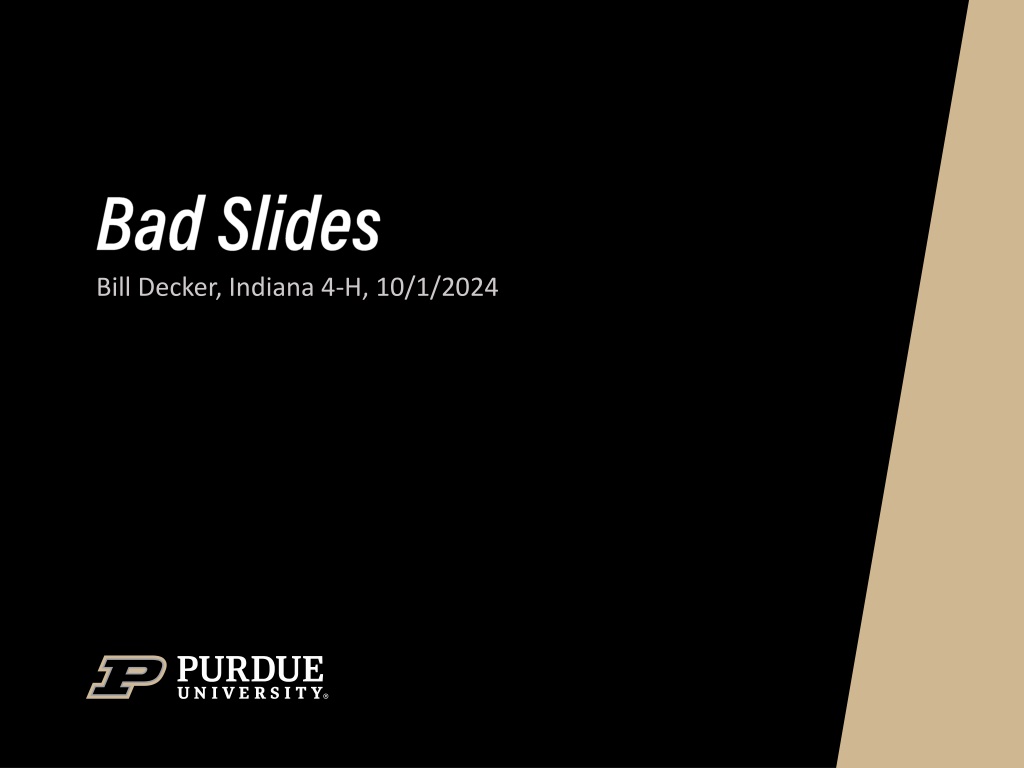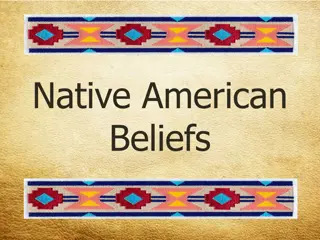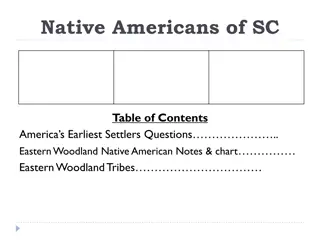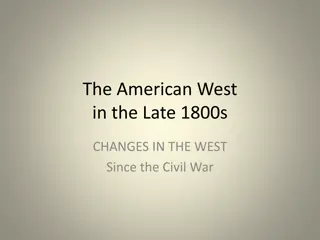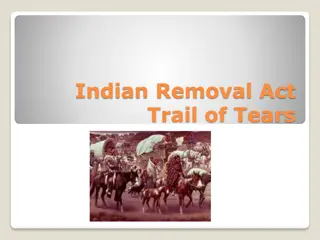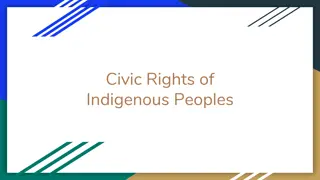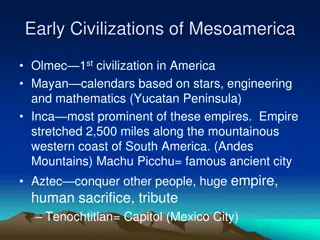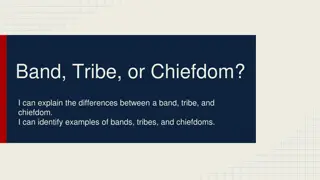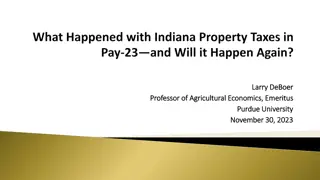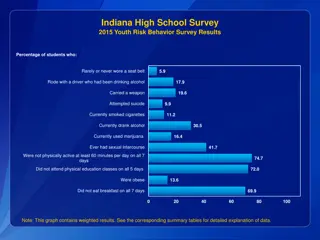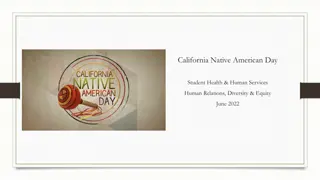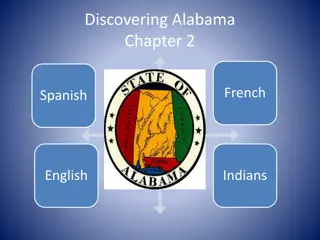Exploring Indiana: From Native American Tribes to Statehood
Indiana's history unfolds from the early Native American tribes in 8000 BC to European exploration and statehood. The region saw significant development during the Mississippian culture, and European settlers arrived in the 1670s. British rule persisted until the American Revolutionary War, shaping Indiana's path to statehood.
Download Presentation

Please find below an Image/Link to download the presentation.
The content on the website is provided AS IS for your information and personal use only. It may not be sold, licensed, or shared on other websites without obtaining consent from the author. Download presentation by click this link. If you encounter any issues during the download, it is possible that the publisher has removed the file from their server.
E N D
Presentation Transcript
Boring White Background Little Contrast Between Background and Words Bullet Point Followed By Bullet Point Followed By Bullet Point Followed By Bullet Point Followed By Bullet Point
Too Much of Everything (Photos, Words, Background)
Misleading Graphic Is 39.8 really more than 60.2?
George Washington Carver Born a Slave Studied to Become an Artist Changed College Studies to Botany Became America s Most Important Agricultural Scientist Pretty Font However it is hard to read!
Font Almost Unreadable Bad Idea to Put Writing In Front Of Most Graphics
Dont Write Your Speech on the Slide! Did you know that chocolate was once used as a currency? The ancient Maya civilization had a unique approach to currency. While they didn t use actual coins, they exchanged items like tobacco, maize, and clothing as a form of currency. Cacao, the plant from which chocolate is made, played a significant role in their society. It was considered sacred and consumed in rituals. Surprisingly, cacao was also used as a form of currency. Traces of cacao show up in ceramics from various neighborhoods and dwellings, challenging the previous belief that its use was restricted to the elite. Researchers found the compound theophylline (which is present in cacao) on ceramic shards dating from A.D. 600 to 900. These shards came from different social contexts, including residential and ceremonial areas. Fascinating, isn t it?
Dont Write Too Much on a Slide! Pre-European Contact and Native American Tribes: The story of Indiana begins long before European settlers arrived. Native American tribes inhabited the region as early as 8000 BC. These migratory tribes succeeded one another in dominance over several thousand years. During the Mississippian culture, which reached its peak around 1000 AD, the region saw significant development. These indigenous peoples built complex societies, with large earthen mounds, extensive trade networks, and sophisticated agricultural practices. European Exploration and Statehood: In the 1670s, the first Europeans arrived in Indiana, claiming the territory for the Kingdom of France. However, little settlement occurred during the French rule. After the French and Indian War (also known as the Seven Years War), Great Britain took control of the land east of the Mississippi River. For over two decades, British rule persisted until the American Revolutionary War. Following Britain s defeat, the entire trans-Allegheny region, including present-day Indiana, was ceded to the newly formed United States. Indiana Territory was established in 1800 and gradually developed. By December 11, 1816, it became the nineteenth state in the Union. The state founders embarked on an ambitious plan to transform Indiana from a frontier segment into a thriving state, leading to the construction of roads, canals, railroads, and state-funded public schools.
Too Much Data!
Better Still Too Much Data!
Run Spell Check! If you mistspell your wrds nobuddy will tke you serrioussly.
Bad Colors and Annoying Animation This is an Example Of a Color Scheme That Looks Bad And Animations That Annoy Your Audience.
